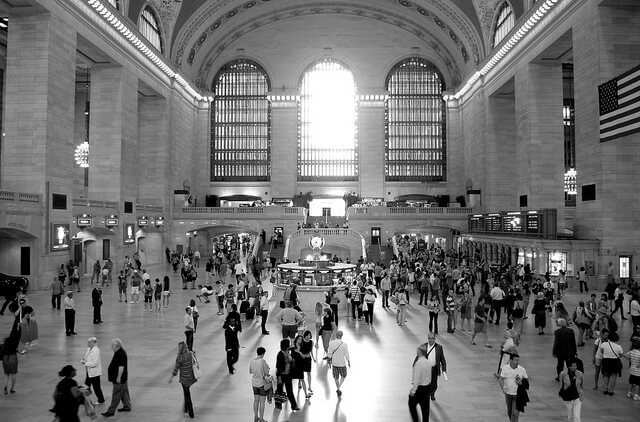tgDuring the 1970s and 1980s, New York City struggled under the weight of several glaring issues. It is hard to imagine, but the city was riddled with crime and other matters, causing people to flee for the safety of the suburbs. Crime rates spiked, particularly in the 1980s. For example, homicides peaked in 1990 with 2,245. Last year, there were 328, despite a growing population.
With crime reduction and focus on the quality of life issues, NYC has become an attractive place to live. Many have relocated to the city. This is reflected in real estate prices, which have climbed upward, resuming its ascent after the recession.
We examine demographic trends over the last couple of decades and projected trends and their impact on the city’s real estate prices.
Table of Contents
Past trendsPast trends
In 1990, there were 7.3 million residents in the city, according to the Census Bureau. This increased to 8 million in the year 2000, and then 8.2 million in the following decade. Estimates have this jumping nearly 8.5 million by the middle of last year.
There is a vast difference in incomes across New York City, of course. In Manhattan, the median income has climbed to about $70,0000 from $58,000 (adjusted for inflation). The higher salary is also bullish for real estate prices.
Thus, the demographic trend of an increased population and higher incomes were significant contributing factors in the city’s price growth.
Predicting the futurePredicting the future
There have been projections New York City’s population could grow to nearly 9 million by the year 2020. Focusing on Manhattan and Brooklyn, those two boroughs are expected to see continued strong population growth, with double-digit percentage increases.
One million residents are expected to be added to the city by the year 2040, according to a report put out by the Center for Urban Real Estate at Columbia University in 2013. To put this in perspective, this is greater than the entire population of San Francisco.
This will no doubt pressure the city’s housing supply. Current projects such as Hudson Yards will not be enough to offset the needed stock. It takes a while to plan and build large residential developments.
Moreover, there is another reason to think there may be an increased demand for housing. In 2010, the percentage of the population that was below 18 years old was 21.6%. This group will be no doubt be house hunting in the future if the past is any guide, as they complete their education and settle down to marry and start families.
What this meansWhat this means
The city’s benefits are no secret to those seeking to set down roots and buy an apartment or house. However, many people are drawn to NYC for the same reasons. It will continue to place upward pressure on prices as demand increases, but supply from new developments does not match demand.

